Detailed description and photo story of the winepress found on school territory in Yeghegnadzor
 5292 Sunday, 04 March, 2018, 22:15 In November 2017, traces of stones "holes" and structures were opened during construction work on the territory of No 1 primary school of Yeghegnadzor, due to which construction works were stopped. In January the exploration digging began in the area. Fieldwork lasted for about 10 days, architect Lilit Ter-Minasyan, photographer Argishti Mikayelyan and expedition leader archeologist Karen Azatyan are participated. In a conversation with MAMUL.am, Karen Azatyan told about the findings: “The monument is located on the western foothills of the Iron Age Choch Tar temple and its absolute height is 1249 meters. After removing 10-15 cm of soil layer of one of the sites, a semi-round, uniaxial wall (W1) was opened, this was built of large sizes of rocks - 30-35 cm in diameter. The wall was a semi-rounded bench, from the bottom to the west at the depth of about 50 cm deep, the mouth of the well (P1) was opened, which was disrupted beside by the construction work. Medium-sized pile stones (15-30 cm), the pit is a flat bottom structure. The pit floor was covered with flat stones and was covered with lime. The structure has a height of 1.75 meters and a diameter of 1.46 meters; most likely it serves as a pantry for keeping agricultural products. At the excavation unit another wall (W2) was added to the east, which has a north-south orientation. The wall continued to Tr.B, the southern part of which we were completely excavated and found out that it is a rectangular structure and has access to the south side. The southern wall of that rectangular structure was two-dimensional, consisting of large rocks (25-45cm), the western and eastern walls were one dimensional, which speaks of its semi grounding, this is also evidenced the layers of the soil, where it is best seen how the ground was cut down and the walls were dropped into that rut. We can assume that it was a warehouse for storage of agricultural product, or as a pre-conclusion of similar complexes that had been previously excavated, it served as a cellar. Four wells were opened in the rectangular structure of the southern entrance, about 65 cm width and 80 cm height. They were made of semi-processed or unbleached stones and plastered with lime. The central pit of P2 has a flat floor, vertical walls, the diameter of which is 1.25 m, and the height of the stored area is 0.84 m, and the marginal three wells: Taqars, P3 (fully preserved, height: 127 cm, floor width: 98 cm), P4 (preserved height 43 cm, width is 124 cm), P5 (stored height 117 cm, width of 104 cm), flooring has funnel holes and gradually narrowing from floor to mouth. Their brims were covered with round flat stones. The presence of porches provides grounds for claiming that the above-mentioned wells are wines in the wine-pressing pits. Such grapes have been excavated in different regions of Armenia, particularly in Ashtarak, the majority of which dates back to the XII-XIV centuries. The above sections of these newly discovered structures were completely demolished as a result of the construction work, so it was not possible to document a sail or other details, however, the documented sections and comparisons with other similar structures allow us to conclude that the discovery is a winepress. Ceramics of excavated layers near these structures date back to the 12th-14th centuries, which speaks of the nearly millennium age of the winepress. Such buildings were mainly built in the gardens near the residential area, and as a result of further excavations it would be possible to detect and document other details”. 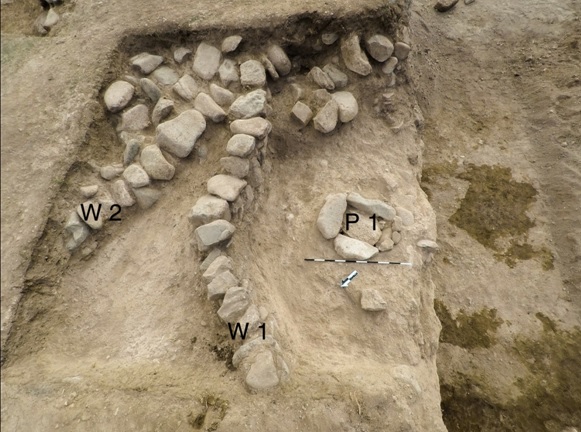 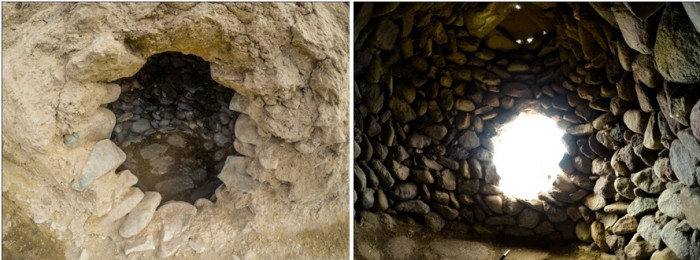 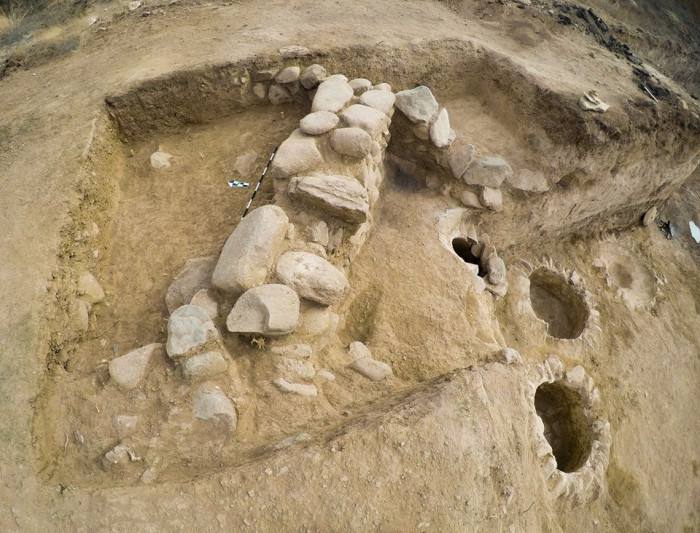  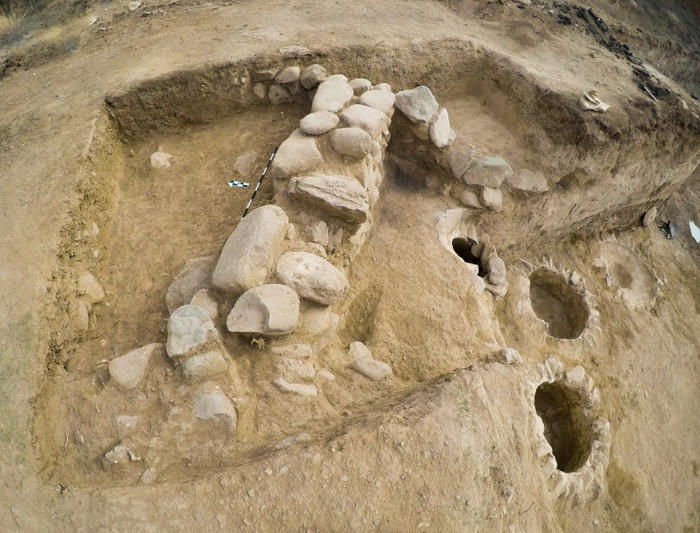 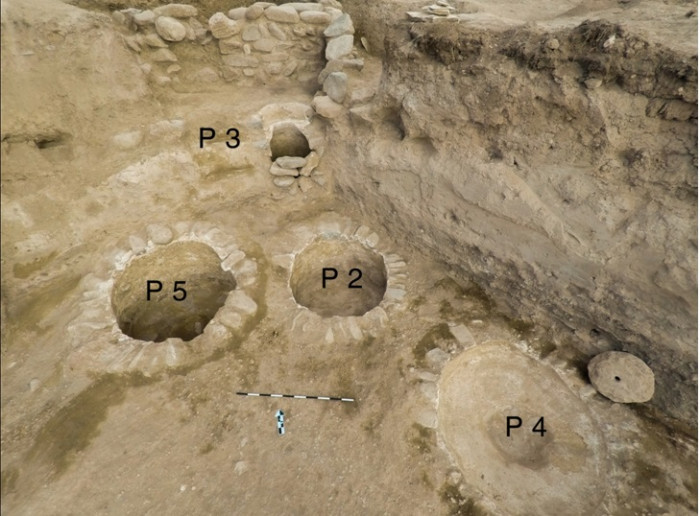 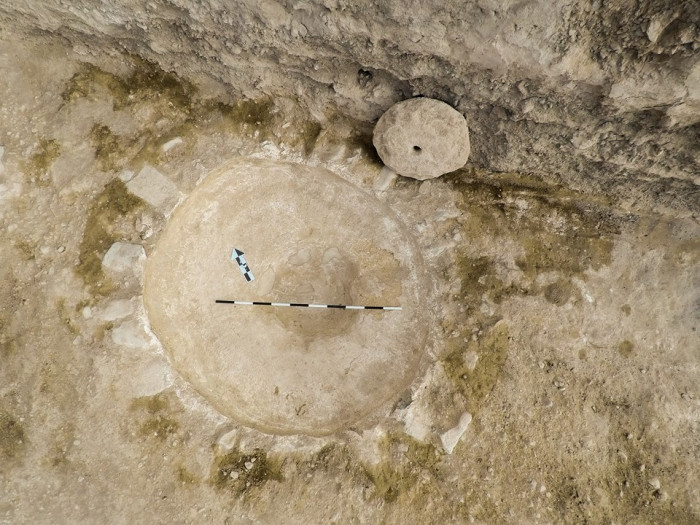 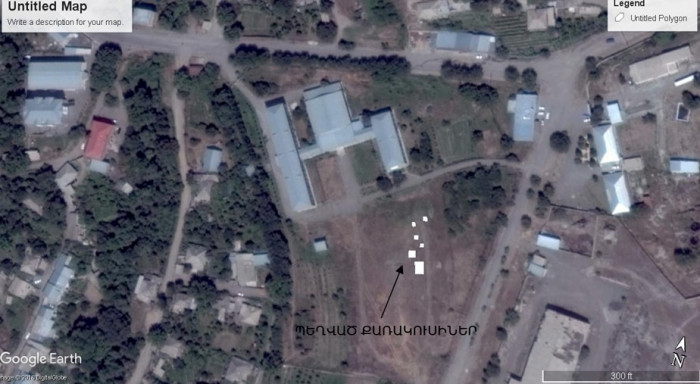 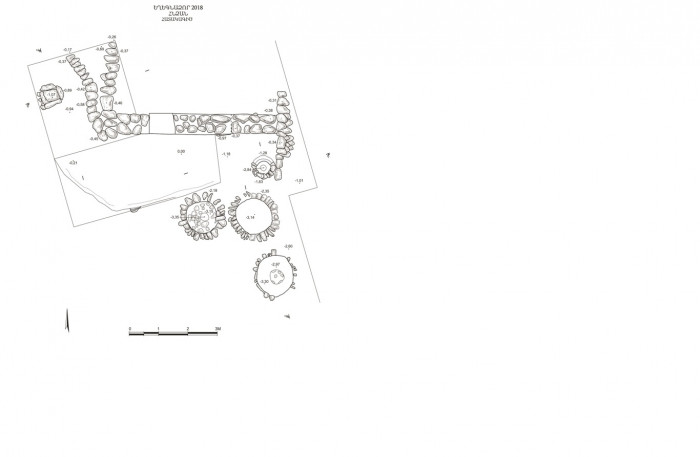 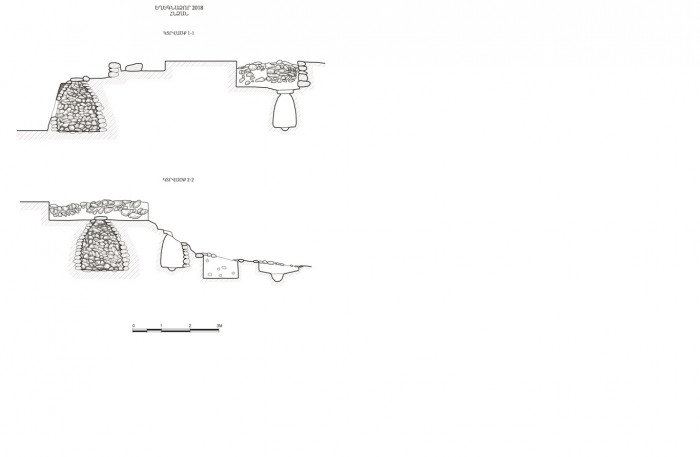 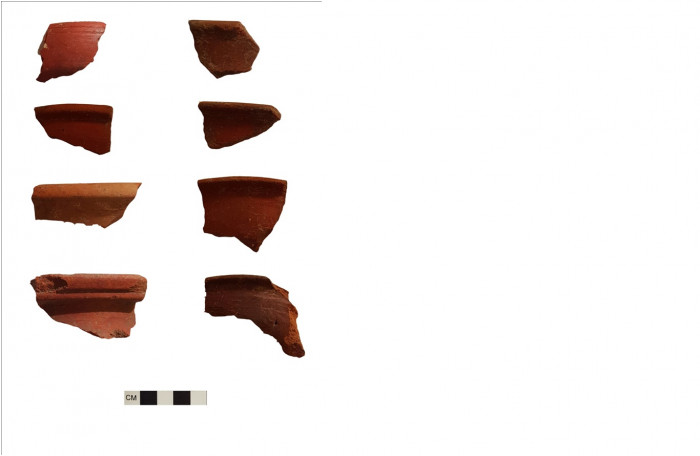 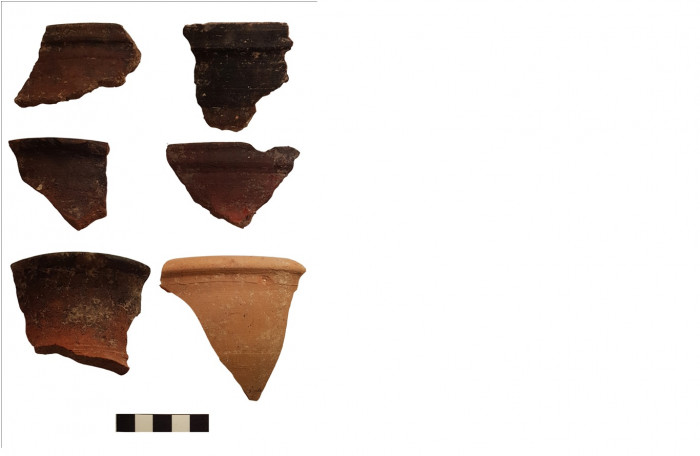 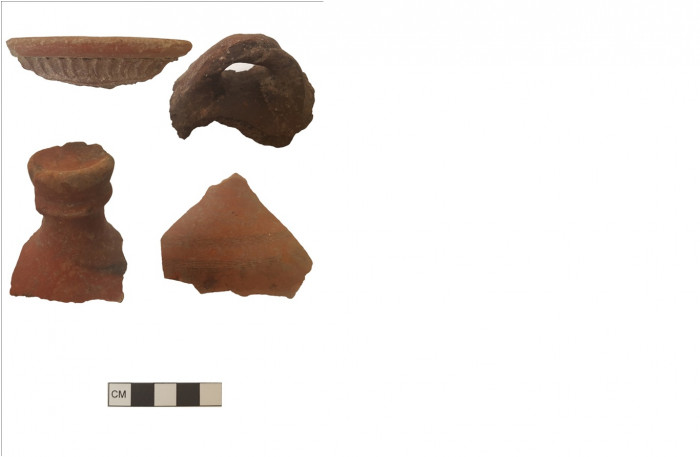  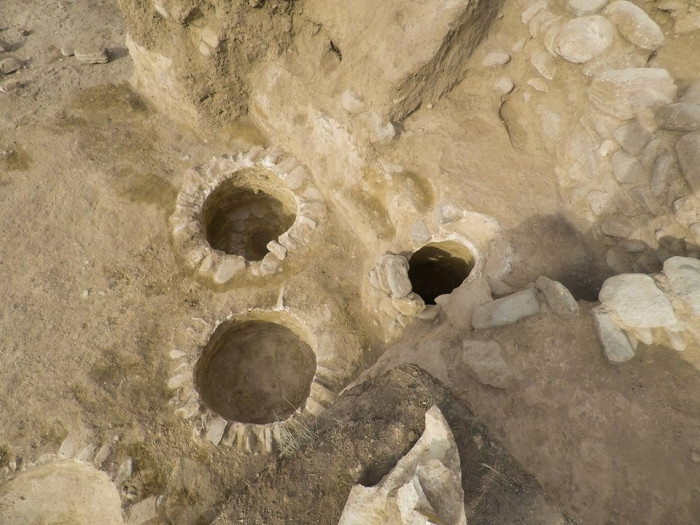 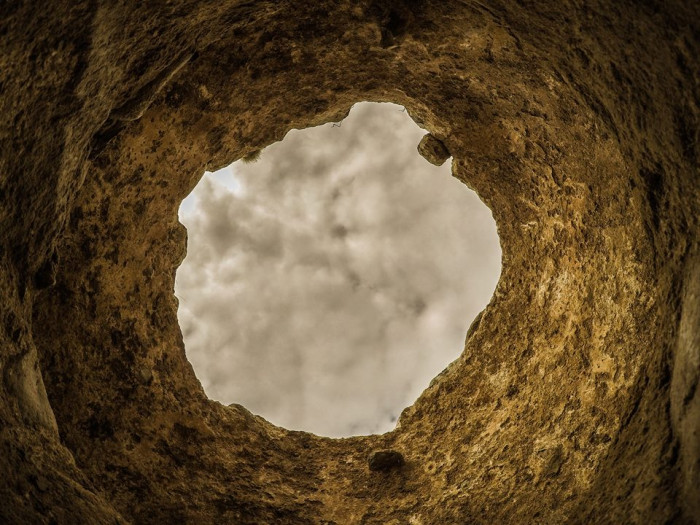 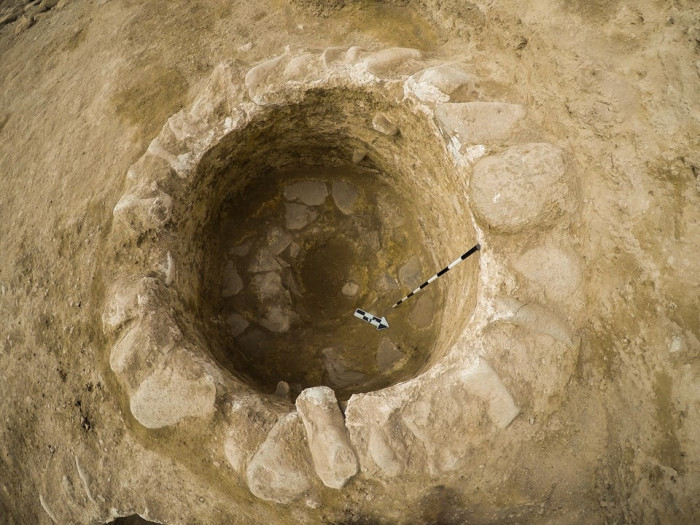 |

Japan Unveils Human Washing Machine, Now You Can Get Washed Like Laundry (video)
708701.12.2025, 20:45
Chinese humanoid robot sets Guinness World Record with 106-km inter-city walk (video)
836124.11.2025, 16:30
Musk։ Optimus will be able to eliminate poverty and provide everyone with a universal high income (video)
992523.11.2025, 12:45
AGMI researchers expose the hidden role of female perpetrators in the Armenian Genocide (photo)
498213.11.2025, 21:15
LVM3-M5 mission successfully launches CMS-03 satellite (video)
771702.11.2025, 21:17
Google разработала квантовый алгоритм, работающий в 13 тыс. раз быстрее алгоритма суперкомпьютеров
748822.10.2025, 23:44
Apple introduces the powerful new iPad Pro with the M5 chip
827215.10.2025, 23:34
Apple debuts iPhone 17
840209.09.2025, 23:08
